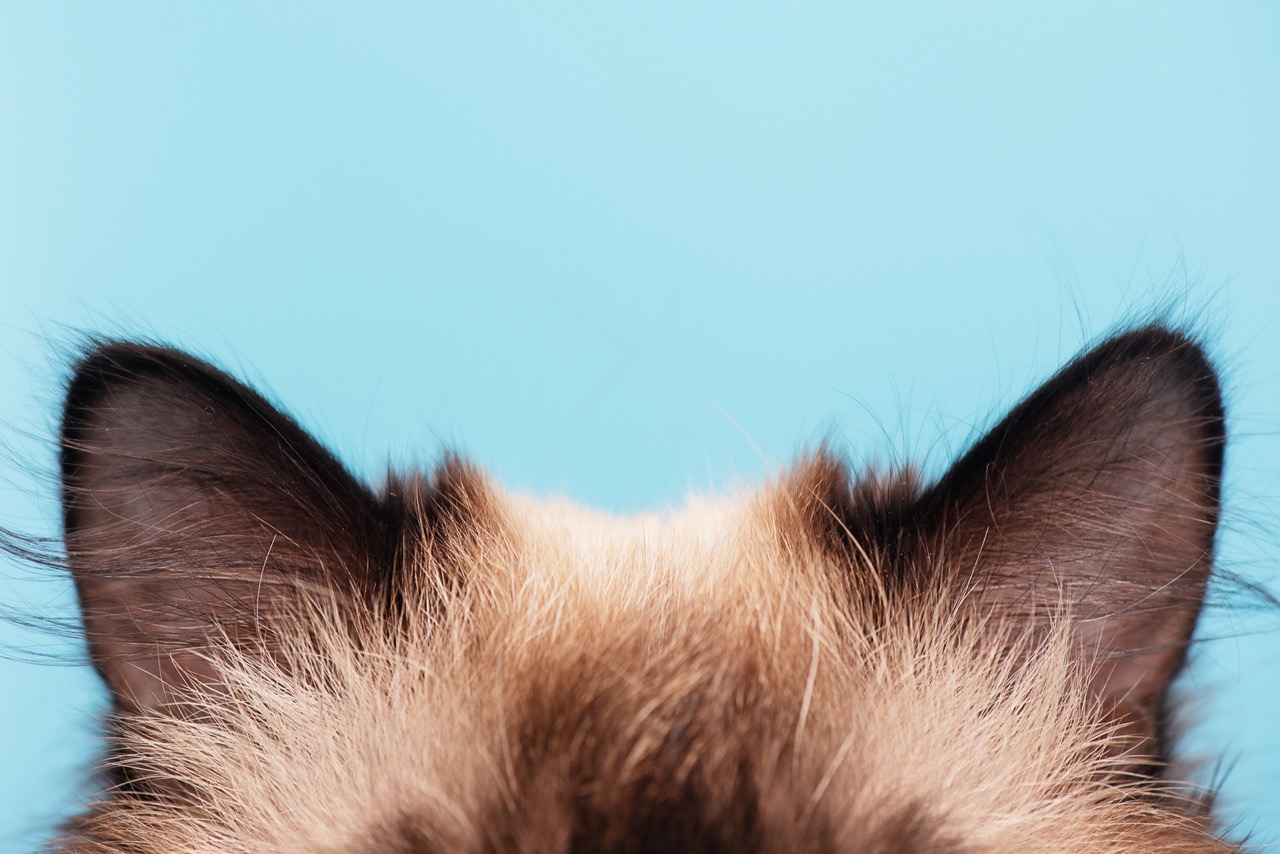Guest post by Jordan Walker
Jordan understands the importance of the overall well-being of cats. He is the curator of the website Coops and Cages and knows that while cats are great at taking care of themselves, they occasionally need a human hand. He prepared this guide for cat owners to help them identify problems early and help their feline pets.
Feline Ear Problems
While cats are very much capable of grooming themselves effectively, there are body parts that need cleaning that they can’t quite reach—such as their ears. And ear cleaning is one task that requires a helping human hand. Yes, cats need clean ears just like us.
Cleaning your cat’s ears can be quite tricky. For one, your feline pet might refuse to sit still long enough for you to do your job. Secondly, you could hurt your cat if you don’t clean the ears properly. Finally, continually poking or prodding your cat’s ears could lead to aggression.
Inspecting and cleaning your cat’s ears is your responsibility in order to keep your cat healthy. Avoiding this chore could lead to serious ear infections for your cat and costly trips to the vet. So it is best to monitor and clean your cat’s ears regularly.
Cat ear problems occur in the three main parts of the ear: the pinnae or external ear, the middle ear, and the inner ear. Here are some of those problems you might encounter, and their solutions.
Wounds
Cat ears are very susceptible to wounds. These can be acquired when a fellow feline bites them, when another animal gets frisky with them, or from accidents. Most of the time, wounds sustained on the pinnae can heal by themselves – but owners should keep a vigilant eye on the healing process.
When your cat injures its ears, tend to the wound or wounds immediately. Moisten a cotton ball with a veterinarian-approved solution to disinfect the area. Make sure that the surrounding areas are clean as well in order to avoid potential additional irritation. Place a gauze or other absorbent material on the wound. Disinfect and change the gauze regularly.
If the wound develops an infection or bleeds, you should take your cat to see a vet immediately. Put your cat inside a carrier for its safety and yours and take it to the vet.
Solar Dermatitis
Solar dermatitis is a condition that develops when the ear is overexposed to UV rays. It is usually found in cats with pale ears, and in those living in tropical countries. At first, cat’s ears will turn pink and scaly, and as the condition progresses, the ears could become crusty and possibly bleed. If left untreated, it could potentially develop into a skin tumor.
To prevent this, keep your cats indoors. If your cat must go outdoors, avoid letting your cat out during peak daylight hours when the sun is the strongest. Depending on your location, this could be sometime between 10:00 am to 3:00 pm. While indoors, keep your cat happy and mentally stimulated with some fun indoor kitty activities. In the event you decide to let your cat go during peak UV times, be sure to apply specially formulated cat sun block on its ears and on its nose as well. Do not use human formulated sunblock as it contains ingredients that are toxic to cats. Before you reach for the sunscreen, check with your vet because sunscreens containing Homosalate, Ethylhexyl Salicylate and Octyl Salicylate are toxic to cats. Your vet can provide you with a safe sunscreen. Also note that indoor cats that lay in the sun can be susceptible to solar dermatitis.
Mites and parasitic otitis
Ear mites, or otodectes cynotis mites are parasites and a common problem in cats. Mites can latch onto your cat’s ears, face, and paws and cause a great deal of irritation. If your cat is pawing at its ears or continually shaking its head, your kitty may have ear mites. Take your cat to the vet for a diagnosis. Your vet will take a swab of the ear and inspect it under a microscope to confirm the presence of ear mites. If ear mites are confirmed, your vet will give you medication to treat your cat. Ear mites are extremely contagious, so it’s imperative to stay on top of treatment and to treat other animals in your household to prevent the spread of this invasive parasite.
Foreign Bodies
Outdoor cats are more likely to return home with a foreign body in its ears. This could be a grass seed, sand, dirt, a sliver or thorn, or even a short blade of grass that got embedded in its ear canal. Your cat could experience some pain, scratch at its ear, tilt its head to the affected side, etc. The best course of action is to take your cat to the vet, and allow your veterinarian to remove the foreign body from your cat’s ear. Don’t attempt to remove it yourself as you could severely injure and/or hurt your cat. Consider keeping your cat indoors where they can avoid foreign bodies altogether – and be sure to get a scratching post to give your cat a safe area to scratch.
Responsible pet owners pay close attention to their cat’s behavior. Ear problems are common and it’s important to recognize when your cat is uncomfortable. Always bring your cat to your veterinarian if an ear problem is suspected.
Jordan is the lead content curator for Coops and Cages as well as a couple of other pet-related blogs. His passion for animals is only paired with his love for “attempting” to play the guitar. If you would like to catch more of him, you can by following his Twitter or Facebook accounts.

